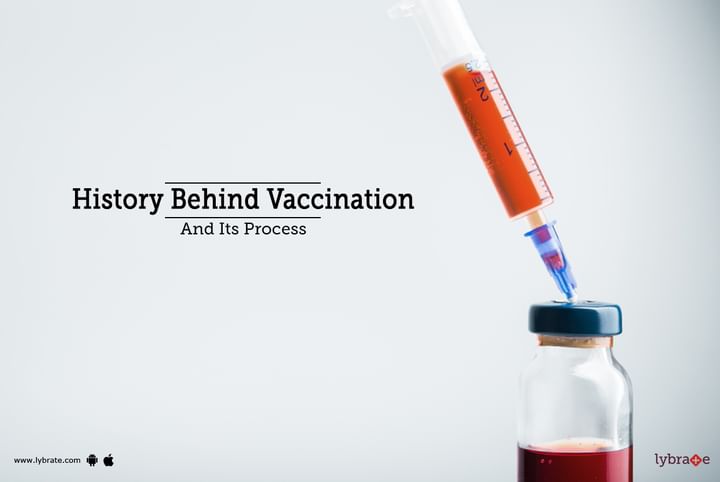History Behind Vaccination And Its Process
Vaccination seems like a new concept to us but it's a very old methodology to develop immunity towards forging pathogens and infections. Its key process is to create a state of infection in the body and develop antibodies that will help us prevent the real disease. It contains agents identical to the disease-causing germ designed to weaken or destroyed microbes. Its history is very fascinating with a basic motive to immune the human race from harmful diseases.
Unravling Vaccine History
The non-scientific form of discovery happen back in the 17th century by the Buddhist monks. They drink diluted snake venom to gain immunity from snake venom and other diseases.
Later in the same century (1796), the scientific form of discovery was made by Edward Jenner. He is known as the founder of vaccinology when he invented his very first vaccine of smallpox. As medical science proceeds, the administration of the smallpox vaccine circulated globally during the 18 and 19 centuries. The disease has come to its eradication in 1979.
After the discovery of vaccinology, different scientist around the world has made their way to design different vaccines that can prevent mankind from illnesses like cholera, anthrax, Bacillis-Calmette-Guerin (BCG), tetanus, diphtheria, measles, mumps and rubella, polio, etc.
However, despite their success, some people have always been resistant to immunizations. The late 1970s and early 1980s were marked by increased litigation and lower vaccine manufacturing profitability, resulting in a fall in the number of businesses producing vaccines. The creation of the National Vaccine Injury Compensation Program in the United States in 1986 helped to halt the trend. The residue of this era may still be seen in supply shortages and the media activities of an increasingly vocal anti-vaccination lobby.
Molecular genetics and its increasing insights into microbiology, immunology, and genomes have been implemented to vaccine development over the last two decades. An updated version of hepatitis B vaccines, that have lower reactogenic acellular pertussis vaccine, and novel procedures for making seasonal influenza vaccinations are some of the recent breakthroughs.
Molecular genetics paves the way for a bright future in vaccine development, including the development of new vaccine delivery systems new adjuvants, more effective tuberculosis vaccines, and vaccines against autoimmune illnesses, herpes simplex virus (HSV), cytomegalovirus (CMV), respiratory staphylococcal disease, syncytial virus (RSV), streptococci Allergies, and addictions may potentially be treated with therapeutic vaccinations.



+1.svg)
